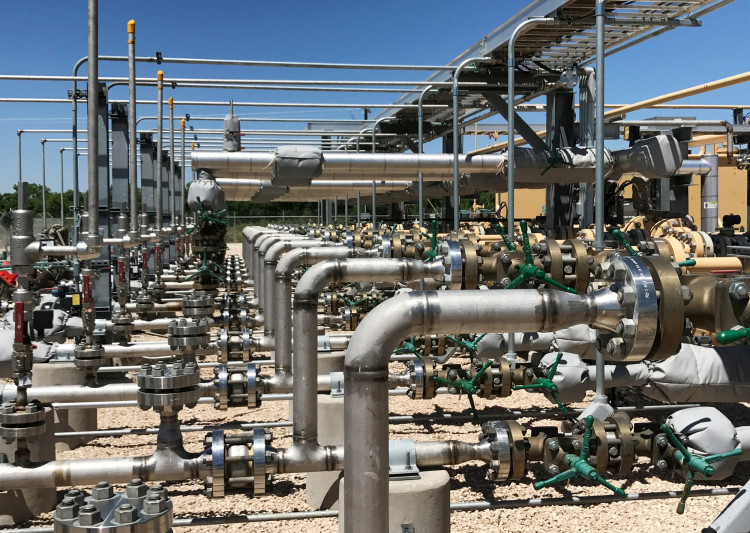Oil markets experienced a notable upswing on Thursday, bolstered by significant developments in the United States and China, the world's top two crude consumers. Prices were lifted as U.S. crude inventories showed a larger-than-expected drawdown and Chinese imports increased, signaling a potential uptick in global oil demand.
Brent crude futures for July climbed 55 cents to $84.13 a barrel, while U.S. West Texas Intermediate crude for June rose 62 cents to $79.61 per barrel. This rebound comes after a period of relative weakness in the oil market, reflecting broader economic signals and geopolitical influences.
According to the latest data from the Energy Information Administration, U.S. crude stockpiles decreased by 1.4 million barrels last week, surpassing analysts' expectations of a 1.1 million-barrel draw. This decline in inventory is partly attributed to an increase in refinery activity, which saw a rise of 307,000 barrels per day.
Concurrently, China, the world's largest oil importer, reported a 5.45% increase in crude imports in April compared to the year prior, with customs data revealing imports of 44.72 million metric tons, or about 10.88 million barrels per day. This surge in Chinese demand provides a positive outlook for oil markets, potentially offsetting some of the recent softness in prices.
Market sentiment was also influenced by geopolitical tensions in the Middle East, particularly around the Israel-Hamas conflict, which has seen fluctuating hopes for a ceasefire. These tensions historically have a palpable impact on oil prices due to the region's significant role in global oil production.
The complex dynamics of the oil market were further highlighted by remarks from market analysts. "While there may be some short-term relief for oil prices, it may be difficult to return to April's high above the $90 per barrel level, where geopolitical tensions were at its peak," noted Yeap Jun Rong, a strategist at IG.
Adding another layer to the market's outlook, the Organization of the Petroleum Exporting Countries (OPEC+) is poised to meet on June 1, with expectations leaning towards an extension of current output curbs. However, discussions about potential increases in production targets are also on the table, given the growing spare capacity within key member countries.
In the U.S., the Biden administration has adjusted its strategy regarding the Strategic Petroleum Reserve (SPR), setting a price ceiling of $79.99 per barrel for replenishing reserves. This policy aims to stabilize domestic oil supplies and prices, particularly as U.S. crude remains under the $80 threshold.





